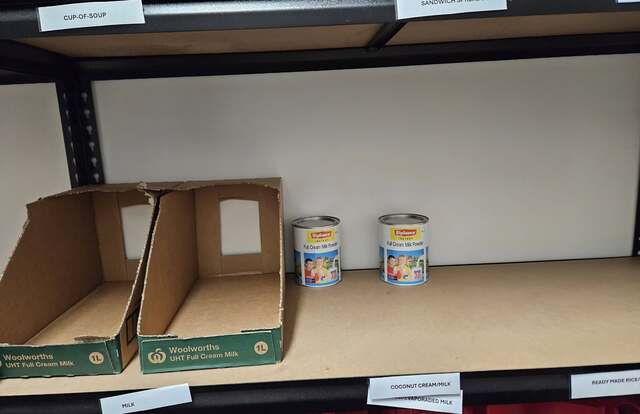The late Jack Johnson was the author of When The Clock Strikes, a fascinating account of growing up in Dandenong, his years tending to the city’s pipes and drains as a plumber and bringing up a family with wife Frances in their beloved home in Macpherson Street.
We had just moved to 40 Clow Street, which had a bathroom with a chip bath heater and a washhouse and flush dunny attached to the back of the house.
As well as a wood stove in the kitchen, we also had one of those early Kooka cast-iron gas stoves.
It had a kookaburra on the oven door and the gas supply came from Colonial Gas Company and was manufactured coal gas.
Their office was in Hutton Street and the gasometers and workshops were behind the office.
Mr Eric Welsh was the gas man and rode around on a very old motorbike and sidecar, which I think was an Indian or Harley Davidson.
Uncle Ted, who lived in Herbert Street and only had a large wood stove, reckoned nothing cooked in a gas oven tasted the same as food cooked in the wood-fired ovens; especially bread and roast dinners.
At that time many early houses were built with the services area and the living areas separated, for the only means of cooking or heating was by open wood fires or cast-iron and wood-fired stoves which became oppressively hot in the summer months.
The kitchen and washhouse part of the house was considered an obvious fire risk.
Most houses did not even have bathrooms and all water was heated in large black cast-iron kettles, either on the stove or in open fireplaces.
Houses without a stove had an iron bar and hook which swung from the inside of the fireplace chimney.
All types of food, including bread, were cooked in cast-iron boilers that hung from those hooks.
When houses began to have outside washhouses they had a cubic brick structure built into one corner of the room.
It was approximately a metre square, with a narrow brick chimney in the back corner that continued up through the roof to vent the smoke.
Into the top of this structure was set a copper tub used to boil the washing.
A firebox was accessed from the front and a fire kept burning beneath the copper tub.
Alongside the copper were usually double wooden wash troughs for rinsing the clothes.
Cement troughs came later.
All household linen, towels and clothing was thoroughly boiled, rinsed, wrung dry by hand and pegged onto a length of rope or wire stretched across the back yard from trees or poles.







